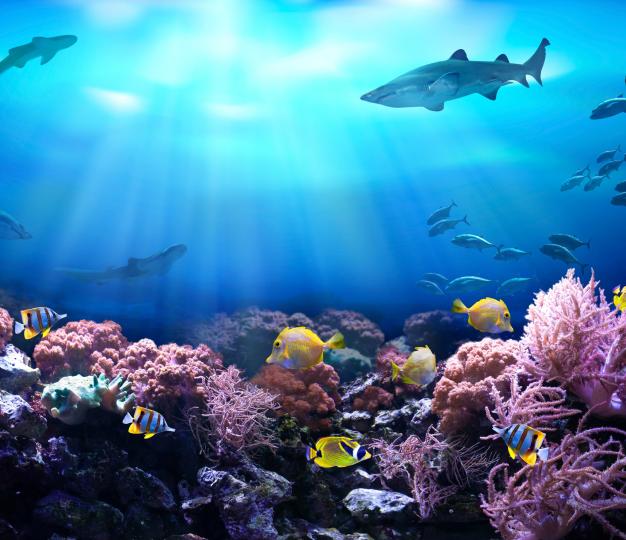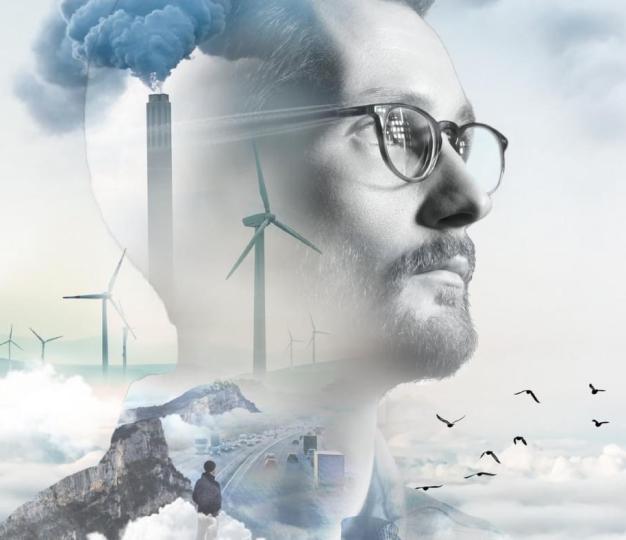Environment
The EEAS collaborates with EU delegations and member states to engage with partner countries and advocate for the adoption of sustainable environmental policies and practices. The EU is leading by example on environmental issues as underlined by the EU’s environmental legislation, strategies and action plans.
The European Green Deal set out ambitious environmental targets including to:
- Protect and restore biodiversity by planting three billion trees by 2030, and by protecting 30% of the EU's land and oceans.
- Reduce air and water pollution, with a particular focus on air pollution, which is responsible for an estimated 400,000 premature deaths each year in the EU.
- Transition to a circular economy, where waste is minimized, and resources are used in a more sustainable way.
Navigate the topic
Biodiversity
Biodiversity is essential for life. Nature provides us with food, health and medicines, materials, recreation, and well-being. A healthy ecosystem filters our air and water, helps keep the climate in balance, converts waste back into resources, pollinates and fertilises crops and much more. In May 2020, the EU adopted its Biodiversity Strategy for 2030. It sets out specific actions and commitments aimed at reversing the degradation of ecosystems and put Europe's biodiversity on a path to recovery by 2030. It will also support a green recovery following the Covid-19 pandemic.
The Strategy proposes a new, strengthened governance framework and for the EU to lead in addressing the global biodiversity crisis.
Ambitious domestic action must be matched by effective and collaborative international action. It is a priority for the EU to work with its partners worldwide to deliver on the ambitious post 2020 global biodiversity framework. The Kunming-Montreal biodiversity agreement, agreed in December 2022 at the 15th Conference of the Parties to the Convention on Biological Diversity (CBD COP15) sets out an ambitious plan for global action for conserving and protecting biodiversity, ensuring that we are “living in harmony in nature” by 2050. .
The EU also has also endorsed the Leaders’ Pledge for Nature as an expression of the need to increase efforts to address the interrelated challenges of biodiversity loss, deforestation, pollution and climate change in an integrated and coherent way.
Circular Economy
The EU works to improve natural resource management and towards a climate-neutral, resource-efficient and circular economy and has been doing so for many years. In March 2020, a new Action Plan ‘For a cleaner and more competitive Europe’ was adopted. The Action Plan is our roadmap towards achieving a circular economy in the EU and in the world.
The EU’s transition to a circular economy will reduce pressure on natural resources and will create sustainable growth and jobs both in the EU and in third countries. The transition is also a prerequisite to achieve the EU’s 2050 climate neutrality target and to halt biodiversity loss.
As part of these actions, the EU and the United Nations Environment Programme (UNEP), in coordination with the United Nations Industrial Development Organization (UNIDO) launched the Global Alliance on Circular Economy and Resource Efficiency (GACERE) in the margins of the meeting of the United Nations Environment Assembly in February 2021 (UNEA 5.1).
Zero Pollution: Pathway to a Healthy Planet for All
On May 12, 2021, the Commission adopted the EU Action Plan: “Towards Zero Pollution for Air, Water and Soil”. The plan sets out a vision to achieve a world, where pollution is reduced to levels that are no longer harmful to human health and natural ecosystems, whilst respecting our planetary boundaries, by 2050.
Pollution is the largest environmental cause of multiple mental and physical diseases, and of premature deaths, especially among children, people with certain medical conditions and the elderly. In the EU, every year, pollution causes 1 in 8 deaths. A toxic-free environment is also crucial to protect our biodiversity and ecosystems - Pollution is one of the five main drivers of biodiversity loss.
The Action Plan sets the key 2030 targets for reducing pollution at source and outlines a number of flagship initiatives.
Pollution does not stop at borders and as the EU acknowledges that it is both the victim and the source of pollution, the Action Plan foresees reinforced external action. The EU in fact is committed to leading the global fight against pollution. Flagship Initiatives for the key actions include inter alia reducing the EU’s external pollution footprint by restricting the export of products and wastes that have harmful, toxic impacts in third countries, and supporting global action on the export of end-of-life vehicles (ELVs) and used vehicles.
The new EU Action Plan and Together with the Chemicals Sustainability Strategy, the EU Zero Pollution Action Plan translates the EU's ambition to achieve a toxic-free environment.
#BeatPlasticPollution
The EU is taking action on plastics to tackle plastic pollution and marine litter, and to accelerate the transition to a circular plastics economy.
Specific rules and targets apply to certain areas, including single-use plastics, plastic packaging, and microplastics. The EU’s plastics strategy, as part of the circular economy action plan, outlines specific actions in more detail.
The EU is taking a leading role in combatting plastic pollution globally by supporting the setting up of the High Ambition Coalition to End Plastic Pollution, with a commitment to aim high in the negotiations to end plastic pollution by 2040. The coalition released a Ministerial Statement, calling for several legally binding core obligations in the new treaty currently being negotiated.



